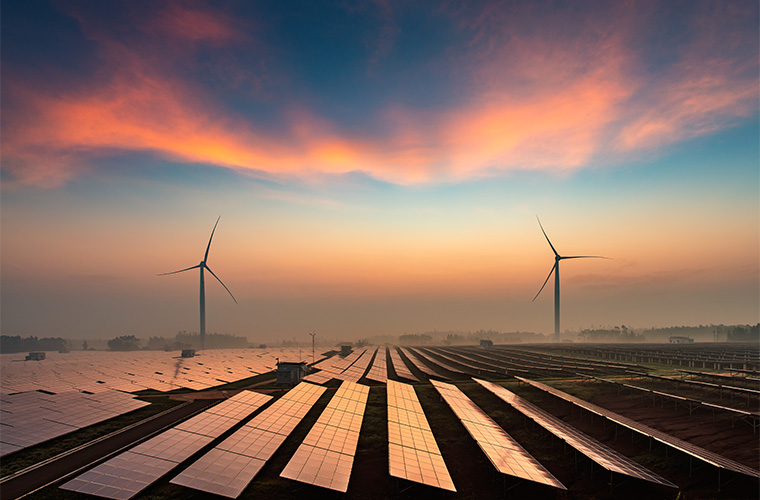WASHINGTON, D.C. — The U.S. Department of Energy (DOE) announced $41 million for 14 projects to develop technologies, Renewables-to-Liquids (RtL), for harnessing renewable energy sources like wind and solar to produce liquids for sustainable fuels or chemicals that can be transported and stored as easily as carbon-intensive liquids like gasoline or oil. Renewable energy resources are often not co-located with the current U.S. power grid, and by enabling the transportation of sustainable fuels the selected projects can reduce interconnection barriers while helping cut emissions from hard to decarbonize industrial sectors.
“With today’s announcement, the Department of Energy charges forward on its mission of finding and elevating new technologies to ensure that the United States remains innovative and energy independent,” said U.S. Secretary of Energy Jennifer M. Granholm. “Renewables-to-liquids fuel production has the potential to boost the utility of renewable energy all while helping to lay the groundwork for the Biden-Harris Administration’s goals of creating a clean energy economy.”
The selected project teams will work to develop systems that operate at a renewable energy production site and use its electricity, carbon dioxide, and water to create liquids that can be used as renewable fuels or drop-in replacements for conventional fuels. The clean energy created can then be used throughout the United States for a variety of purposes including in tough-to-decarbonize sectors like transportation. Current low-carbon fuels are expensive at around $10 per gallon. Producers who use cheaper electricity sources like wind and solar independent from the grid to create these fuels can achieve lower overall costs.
DOE’s Moonshot Factory, the Advanced Research Projects Agency-Energy (ARPA-E), will manage these projects through its Grid-free Renewable Energy Enabling New Ways to Economical Liquids and Long-term Storage (GREENWELLS) program. GREENWELLS is the first time ARPA-E is supporting RtL approaches to create liquid fuels. Its objective is to develop systems that can economically store at least 50% of incoming intermittent electrical energy in carbon-containing liquids.
Projects selected to pursue these RtL systems include:
- Georgia Institute of Technology (Atlanta, GA) will work on an electrochemical reactor that responds quickly to dynamic changes in renewable energy to work with direct air capture systems that produces syngas for hydrocarbon production. (Award amount: $1,970,200)
- HeatPath Solutions (Lewis Center, OH) will develop a new way to synthesize methanol that works dynamically with intermittent electricity from renewables to create a new path for on-site production and collection of methanol from modular reactors operating at modest temperatures and pressures. (Award amount: $4,000,000)
- Susteon (Cary, NC) seeks to develop a process to produce kerosene-range hydrocarbons using carbon dioxide, hydrogen, and renewable electricity. Susteon’s approach seeks to supply a new technology platform for the production of aviation fuels and other valuable fuels and chemicals (Award amount: $4,999,500)
You can find the full list of selected projects here.
ARPA-E advances high-potential, high-impact clean energy technologies across a wide range of technical areas that are strategic to America’s energy security. Learn more about these efforts and ARPA-E’s commitment to ensuring the United States continues to lead the world in developing and deploying advanced clean energy technologies.






